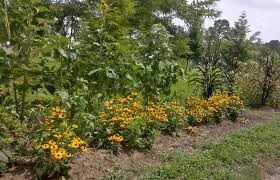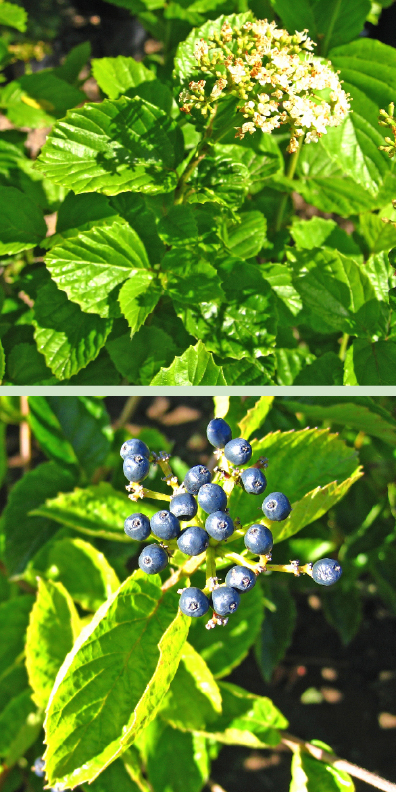Rudbeckia
|
This group of hardy, herbaceous perennials and annuals come from North America and belong to the Daisy family, Compositae. They form neat clusters, 1 to 3 feet high. The oval to elliptic shaped leaves are mostly basal and grow 3 to 6 inches long. The single or double flowers are 2 to 6 inches across and are colored yellow and sometimes brightly bicolored reddish-brown. Pulling off the dead flowers will increase the blooms. Rudbeckias are commonly known as the Black- or Brown-eyed Susan, Gloriosa Daisies and Coneflowers. These plants produce lovely cut flowers.
Pot CultivationBoth the annual and perennial kinds will flourish in regular garden soil. They should be planted in a sunny spot, though they will stand light shade. The Black- and Brown-eyed Susans thrive in sun or partial shade and love fertile, well-drained soil. Gloriosa Daisies are perennials that are usually raised as annuals. They also thrive in any garden soil in full sun. PropagationIncreasing the hardy perennial kinds is simply accomplished by dividing the rooted pieces of old plants in the fall or spring. These pieces are then replanted. They can also be raised from seed; seeds of the perennials or annuals may be started indoors at 70 to 75 degrees, 8 to 10 weeks before it's safe to plant outside. Sow then in flats of light, sifted soil, cover with glass and shade from direct sunshine. They may also be sown outside where they are to grow when the soil is warm. Don't sow them too thickly since they will have to be thinned to 6 inches apart, anyway. Coneflowers may be grown in a cool greenhouse for blooming in late winter or spring. Seeds are sown from September to January, in pots or flats of light, sandy soil. Eventually, they are transplanted to the 5- or 6-inch pots that are filled with rich, well-drained soil, in which they will bloom. When the pots are filled up with healthy roots, they should be given applications of dilute liquid fertilizer.
VarietiesPerennials
|






